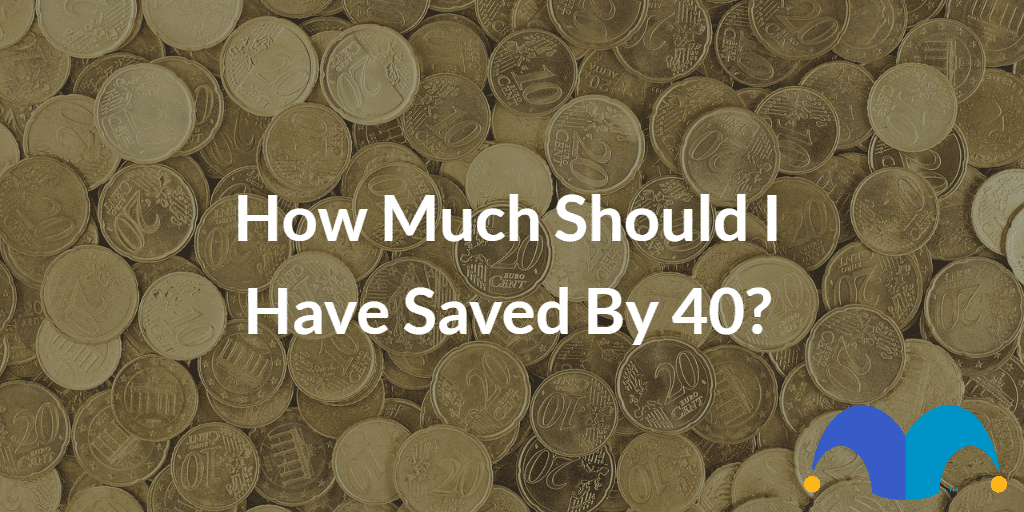If you’re approaching or have just hit the big four-oh, you might be wondering how much money you should have saved by 40 and what the average saving is for someone entering their fifth decade. Are you heading for a comfortable retirement or do you need to top up your savings and pension to keep on track with your plans?
There are broadly two different types of savings – pensions and emergency funds. You won’t be able to access pension savings until you hit 55 years old so you will need to have separate emergency savings to dip into if you get made redundant or have a big bill.
Here, I take a look at what you should have saved by 40 in your pension and emergency fund, and explain steps you can take to get things back on track and start bossing your savings.
Pension savings
So, how much should you aim to save in your pension fund by age 40? Fidelity suggest that people should aim to save three times their salary in their pension fund by age 40; for example, someone earning £25,000 should aim to have £75,000 in their pension fund.
This is a good rule of thumb, but circumstances often vary from person to person. Some people might have a part time job or take a career break in their 30s or 40s so the figures don’t really work for them. Some people might have saved like crazy for a house in their 20s and are now contributing more to their pension pot.
There are lots of calculators online to estimate how much pension you might receive based on your age, current fund value and projected future contributions. You can work out if you are on track to get the pension you are hoping for or whether you need to start topping up your contributions.
Emergency fund savings
As well as a pension fund, it’s important to save separately in an emergency fund as you can’t access pension savings until you hit 55 at the earliest. But how much should you have saved by 40?
Most experts agree that it’s a good idea to save between 3-6 months of your expenses to cover a job loss or a huge unexpected bill. Your expenses are probably less than your monthly income but it’s still quite a large amount to save. Once you’ve got there, though, you’ll have a huge sense of achievement and you can relax, knowing that you’ve got a buffer in place.
You will probably want to save your emergency fund in an easy access account that you can withdraw your cash quickly if you need to. Take a look at some options for opening a savings account.
How to catch up on savings
There’s no need to panic if you’re not quite there yet with your savings and pension. You may have worked out how much should you have saved by 40 and realised you need to save more, but you still have plenty of time to turn things round.
Here are a few steps you can follow to get things back on track and to smash your savings target:
- Make a plan. Use a pension calculator to work out how much you need to save to get the pension you want.
- Make a budget. If you prioritise saving then you may be able to save more than you think.
- Check your employer’s pension scheme. Employers will often match your contributions and their contribution is basically free money. Make sure you are paying in enough so you get the maximum contribution from your employer.
- Check your older pension schemes. You may have pension funds from old employers you’ve forgotten about. It might make sense to transfer them to a different provider with lower fees. It’s often easier to keep track of pensions and save on admin time if they are all in the same place.
- Check your pension fund choices. Many schemes allow you to transfer between funds and you may be able to earn better returns by choosing better performing funds.
